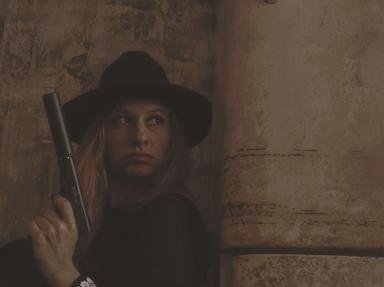Quiz Answer Key and Fun Facts
1. This man is one of the most famous assassins in history. Along with others, he put an end to the life and career of Julius Caesar. According to Shakespeare, Caesar's dying words were addressed to him.
2. Byron de la Beckwith's victim was shot in the back while walking from his car to his front door.
3. Jean Paul Marat was taking a bath when his assassin caught up with him. Who was the assassin?
4. Nathuram Godse was the man who struck down this pacifist.
5. Luigi Lucheni's regal victim was stabbed as she was boarding a steamer for a trip on Lake Geneva.
6. Talk about your shots that rang out around the world! When he assassinated the Archduke Franz Ferdinand of Austria, this assassin tripped the switch for World War I.
7. Everyone thinks Canadians are mild-mannered. Patrick J. Whelan wasn't. Whom did he assassinate?
8. Jaime Terran (also referred to as Mario Terran) had his 15 minutes of fame after he assassinated this high profile South American political figure.
9. Yigal Amir assassinated this political leader.
10. Jan Kubis assassinated this SS officer in Prague in 1942.
Source: Author
Cymruambyth
This quiz was reviewed by FunTrivia editor
bloomsby before going online.
Any errors found in FunTrivia content are routinely corrected through our feedback system.

